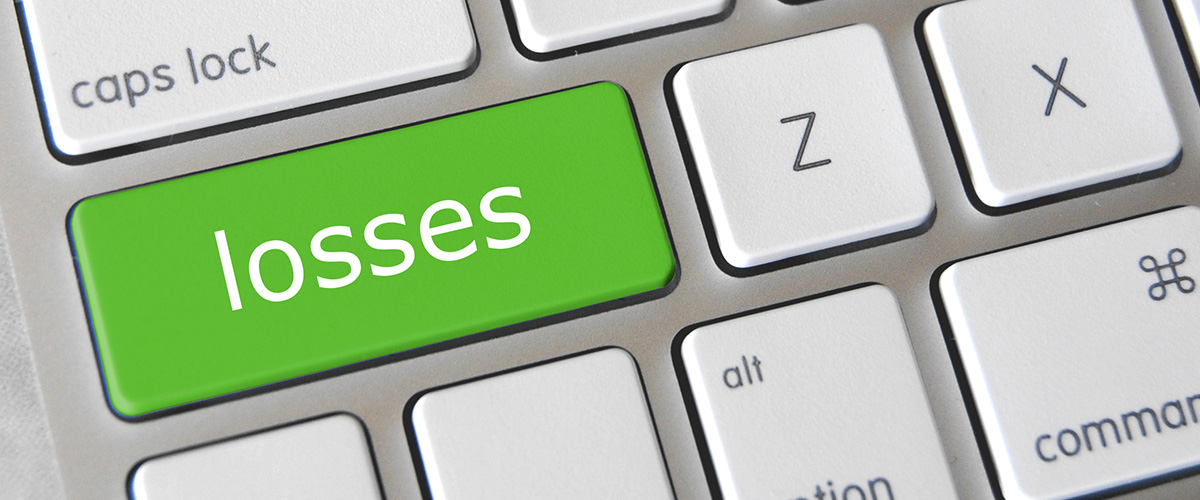
A negative response from defeat isn’t limited to real-life choices. They can also be present in business situations, including sales presentations.If you’re stuck between the pain of losing and the fear of risking, then you’ll miss out bigger and greater opportunities ahead of you, like a new business venture, or a better career offer.Never miss the boat on that new deal and business partnership. Let the psychological bias of loss aversion help you out in accepting losses to continually grow as a professional and achieve greater sales.
Defining ‘Loss Aversion’
People are reluctant to lose or give up something, even if it means gaining something better. Some play safe and avoid changes to protect their business from market loss or any disaster.This phenomenon of escaping a losing position is known as loss aversion. First coined by researchers Amos Tversky and Daniel Kahneman, it suggests that the desire of having something suddenly increases when someone takes it away. This means we tend to feel the pain of loss more than the pleasure of a comparable gain.Even if losses are unforeseen, you shouldn’t let your fear of taking risks stop you from tasting the sweetness of success.
Why Use This in Presentations?
Marketing campaigns and promos are two examples that explain this cognitive bias. For example, people are more likely to go shopping when they see ads like “For limited time only” or “Sale ends soon.”In this case, the fear of losing promotions make people act on their impulse and can influence their buying decisions.Using this technique builds up your product’s worth, helping you achieve company gain.
How to Make Loss Aversion Your Ally
Losses translated into gains attract more sales conversions. To persuade your audience to invest in your idea, focus more on highlighting the benefits.Position your offer as if ignoring it means a great loss for investors. Explain what it does and how it differs from your competitors—from its uses, to cost, and new experience it might bring.If you’re selling an advanced cooking equipment, try saying something like: “You won’t save up to 3 hours of cooking time if you skip this offer, and stick with normal ovens.”No matter what you sell, it’s always important to put earns on top of the losses. Frame your product benefits well for them to make decisions quickly.
Conclusion
Often times, the fear of loss impedes the desire to gain. It misleads you from reaching the road of growth and success.But losses turned into gains are a different thing. Present in a way that customers will feel like they can’t afford to lose you.Practice the power of loss aversion to create a sense of urgency and make your sales pitch sound more persuasive!
References
Kay, Magda. “How to Use Cognitive Biases for Effective Marketing.” Psychology for Marketers. n.d. Accessed November 26, 2015. http://psychologyformarketers.com/use-cognitive-biases-effective-marketing“Loss Aversion.” Behavioural Finance. n.d. Accessed November 26, 2015. http://loss-aversion.behaviouralfinance.netPammi, C. & Srinivasan N. (2013). Decision Making: Neural and Behavioural Approaches. Elsevier.Popolskis, Alon. “How to Persuasively Leverage Loss Aversion for Your Company’s Gain.” Business to Community. December 30, 2015. Accessed November 26, 2015. www.business2community.com/strategy/persuasively-leverage-loss-aversion-companys-gain-0725284#uxhqSgb1Gx3YmeDf.97Snider, Emma. “How to Use Psychological Biases to Sell Better and Faster.” Hubspot Blogs. January 31, 2015. Accessed November 26, 2015. http://blog.hubspot.com/marketing/psychological-biases-salesFeatured Image: “Losses” by GotCredit on flickr.com


